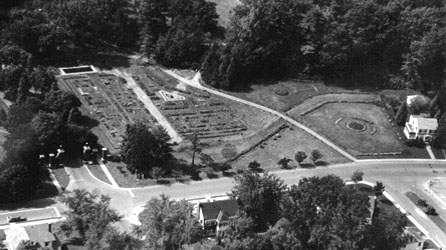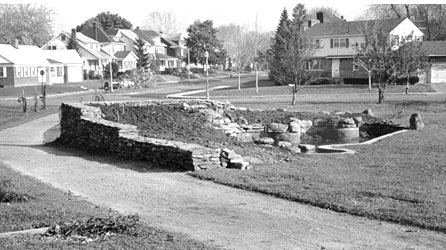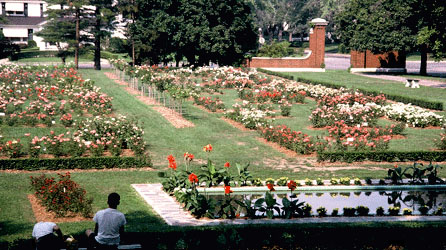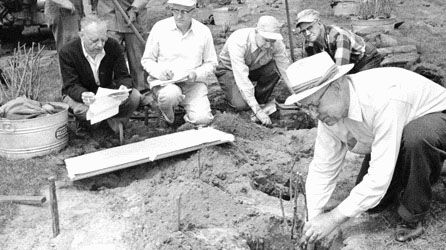History
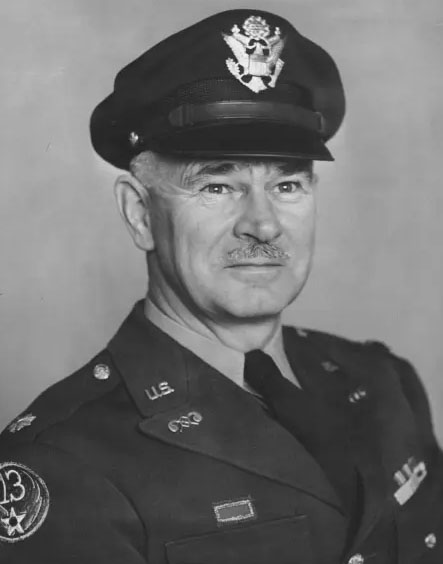 In late 1959, a new Rose Garden was sited at the Wright Avenue entrance to Schenectady’s Central Park in an area that originally had been tennis courts. Charles D. Brown, a Schenectady Rose Society member, laid out the original design.
In late 1959, a new Rose Garden was sited at the Wright Avenue entrance to Schenectady’s Central Park in an area that originally had been tennis courts. Charles D. Brown, a Schenectady Rose Society member, laid out the original design.
Over several decades the garden flourished through guidance from Col. Brown, the Schenectady Rose Society, and the City Parks Department. By the 1970s the garden boasted having 7,000 bushes, reflection pools, an arched stone bridge built over an existing creek and a Japanese inspired garden along Central Parkway.
But alas in the 1980s the garden began its slow decline as city budget cutbacks took hold and the garden hit rock bottom by 1993. By this point the irrigation system did not work, rose bushes were dying, weeds choked the rose beds.
In 1995 David Gade a rosarian tutored under Col. Brown spearheaded a group of concerned citizens, which became the foundation for the Rose Garden Restoration Committee (RGRC). The RGRC incorporated as a 501C3 non-profit organization which allowed it to now fundraise to begin restoration.
The group drafted a garden “Master Plan” in 2005. Over the last 20 years the garden improvements began with reconfigured rose beds for better access. The obsolete reflection pools were removed, and a new irrigation system was put in. The existing upper pond was refurbished (2008). New access to the garden from Central Parkway was added with the Grand Staircase and Gate House (2009). The Gate House is a garden folly and functions as our tool & maintenance shed. The Center Fountain (2011) became a new focal point. The lower pond area was redesigned to be a more natural-looking water feature (2014). The Pergola (2017) our final project frames the back of the garden and leads to the hillside shade garden completed in 2020-21 when the city rebuilt the staircase up the hillside which dates back to the 1930s.
Now you can enjoy a stroll in our garden to see well over 100 varieties of roses with identification labels. View our various perennial gardens. Admire the cool leafy shade garden. Listen to the trickle of water from the fountain, or waterfall and spy goldfish in the lower pond. The garden is a delight any time of day, any time of the year, even when it is covered in a blanket of snow.

 In late 1959, a new Rose Garden was sited at the Wright Avenue entrance to Schenectady’s Central Park in an area that originally had been tennis courts. Charles D. Brown, a Schenectady Rose Society member, laid out the original design.
In late 1959, a new Rose Garden was sited at the Wright Avenue entrance to Schenectady’s Central Park in an area that originally had been tennis courts. Charles D. Brown, a Schenectady Rose Society member, laid out the original design.